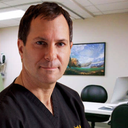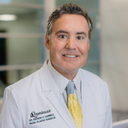Thank you for your question. You submitted several photos indicating you are 2 weeks after lower eyelid surgery and are considering revision surgery. You add there are visible incisions placed too low, feel there bumps, and you think you still have eye bags.







